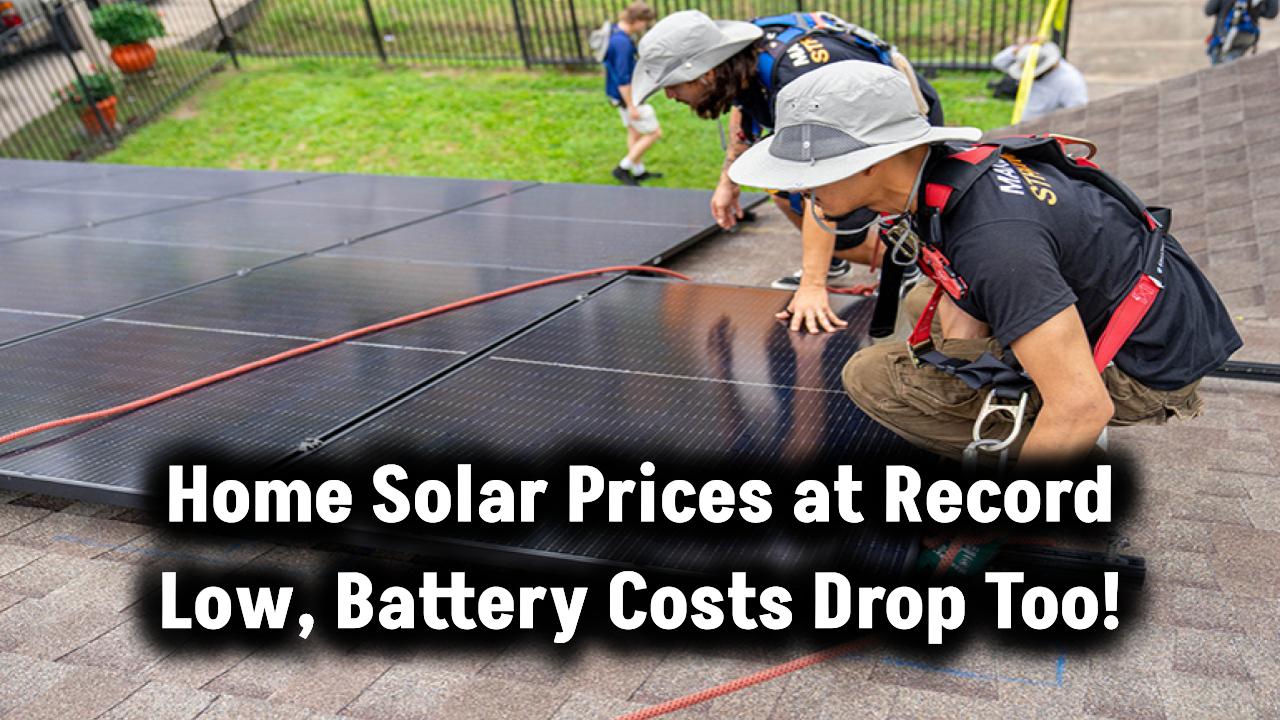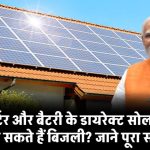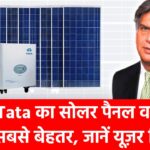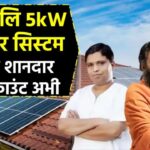
If you live in Africa or are planning a project in the region, you’re likely already familiar with one of the continent’s greatest resources: the sun. But while sunshine may seem like the perfect ingredient for solar power, the intense heat and harsh environments of many African countries can actually present major challenges for solar energy systems.
In this comprehensive guide, we’ll explore the best solar power systems for African summers, offering expert advice, practical solutions, and a clear roadmap for choosing, installing, and maintaining solar energy setups that thrive in high temperatures. Whether you’re a homeowner, an NGO worker, or an energy professional, this article will provide all the knowledge you need to make informed, effective decisions.
Also Check: Americans Are Turning Their Roofs Into Solar Goldmines—Here’s How You Can Too
Why African Summers Are Tough on Solar Systems
Africa is blessed with abundant sunlight, making it one of the best places on Earth for solar energy. However, extreme temperatures, dust, and humidity in certain regions can affect both solar panel performance and the lifespan of batteries and inverters.
For instance, photovoltaic (PV) panel efficiency drops by around 0.5% for every 1°C increase above 25°C. In many African cities, daily temperatures soar beyond 35°C, leading to efficiency losses of over 5% during peak sunlight hours (source).
Also, dust accumulation can cut power output by up to 12.46% in just three weeks if panels are not cleaned regularly.
The Best Solar Technologies for African Heat
1. Monocrystalline Solar Panels
Monocrystalline panels are the gold standard for hot climates. They are more efficient than polycrystalline options, converting more sunlight into electricity while handling heat better. Their compact size also makes them suitable for rooftops in urban areas.
Why choose monocrystalline?
- Lower temperature coefficient (usually -0.3% to -0.5%)
- Long lifespan (25+ years)
- Efficient in limited space
2. Concentrated Solar Power (CSP)
CSP systems use mirrors to focus sunlight onto a central tower, heating a fluid that generates electricity. This method is ideal for large-scale solar farms and can include thermal storage, enabling power supply even after sunset.
Top CSP examples in Africa:
- Khi Solar One, South Africa
- Ouarzazate Solar Power Station, Morocco
3. Battery Storage with Cooling Systems
High temperatures degrade battery life. Choose batteries designed for heat or include cooling mechanisms like:
- Water-cooled casings
- Ventilated shelters
- Thermal insulation
Lithium-ion batteries are common, but saltwater and lead-carbon options also handle heat well.
4. Solar Tracking Systems
Solar tracking systems adjust the position of panels throughout the day to follow the sun’s movement. These systems can increase energy output by 25–35%, especially in areas with long sunlight hours.
There are two main types:
- Single-axis trackers: Follow the sun east to west.
- Dual-axis trackers: Follow the sun in both east-west and north-south directions.
Though slightly more expensive upfront, these trackers are becoming more affordable and practical for commercial-scale systems in Africa.
Also Check: The Shocking Truth About Solar Energy – Are We Really Benefiting?
Practical Solutions for Rural & Off-Grid Communities
Pay-As-You-Go (PAYG) Solar Systems
Companies like d.light and Bboxx offer solar kits with affordable, flexible payments via mobile money. These systems usually power:
- LED lights
- Phone chargers
- Radios
- Small fans
They’re designed for ease of use and resilience, making them perfect for households in remote areas.
Solar Microgrids
Microgrids serve entire communities with shared solar power, ideal for villages, schools, and clinics. They reduce dependency on national grids and lower the risk of power cuts.
Community Training and Education
Empowering communities with knowledge is key. Training locals in solar maintenance and installation ensures sustainability and creates jobs.
NGOs like Solar Sister and Power Africa have successfully trained women and youth to become clean energy entrepreneurs.
Choosing the Right System: A Step-by-Step Guide
Step 1: Assess Your Energy Needs
List the appliances and tools you’ll need to power, including:
- Lights
- Fans
- Refrigerators
- Water pumps
Step 2: Check Local Climate Data
- Average daily temperature
- Sunlight hours
- Dust levels
Step 3: Select Panel and Battery Types
Choose:
- Monocrystalline panels for efficiency
- Lithium or saltwater batteries for durability
Step 4: Consider Cooling and Maintenance
Install systems in shaded or ventilated areas and plan for regular cleaning, especially in dusty regions.
Step 5: Find a Certified Installer
Work with certified professionals or companies approved by agencies like IRENA or your country’s energy ministry.
Step 6: Monitor Your System
Use apps or monitoring tools to track energy production, battery health, and system efficiency.
(FAQs)
Q1: Can solar panels overheat in Africa?
Yes, but high-quality panels like monocrystalline ones are designed to withstand intense heat with minimal efficiency loss.
Q2: How often should I clean my solar panels?
At least once every two weeks in dusty areas. Use soft water and cloth or consult a service provider.
Q3: Is off-grid solar better than connecting to the national grid?
For many rural or unstable-grid areas, off-grid solutions are more reliable and cost-effective.
Q4: Do I need batteries for my solar system?
Yes, especially if you want power at night or during outages. Batteries also improve system independence.
Also Check: SolarEdge Stock Gaps Up Big! Is Now the Perfect Time to Buy?








